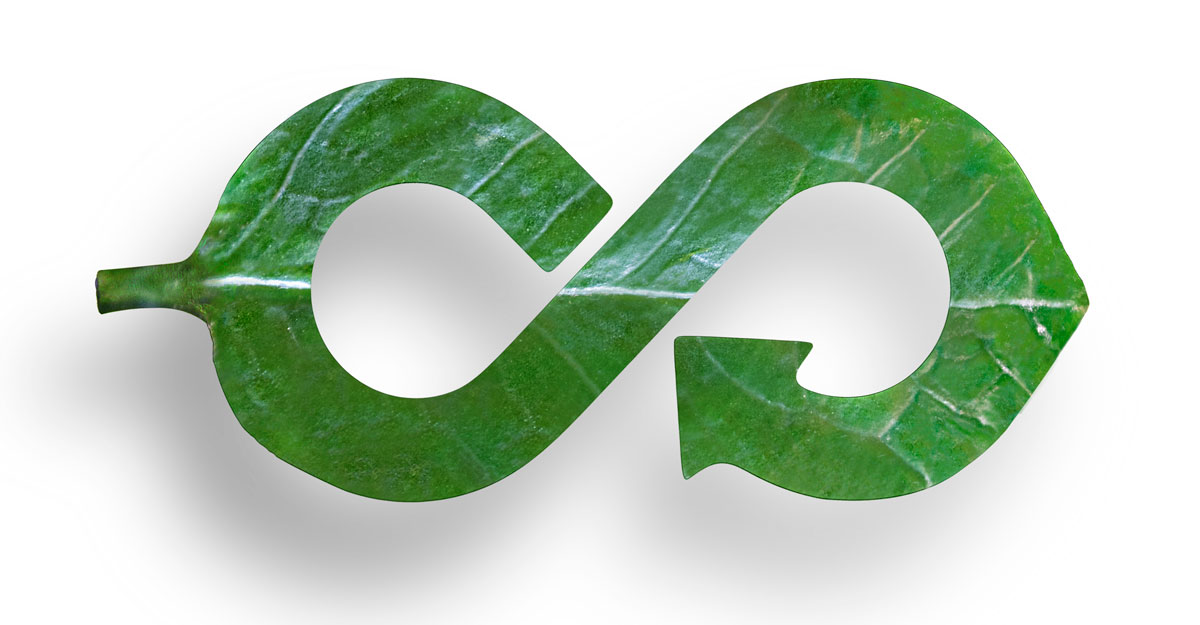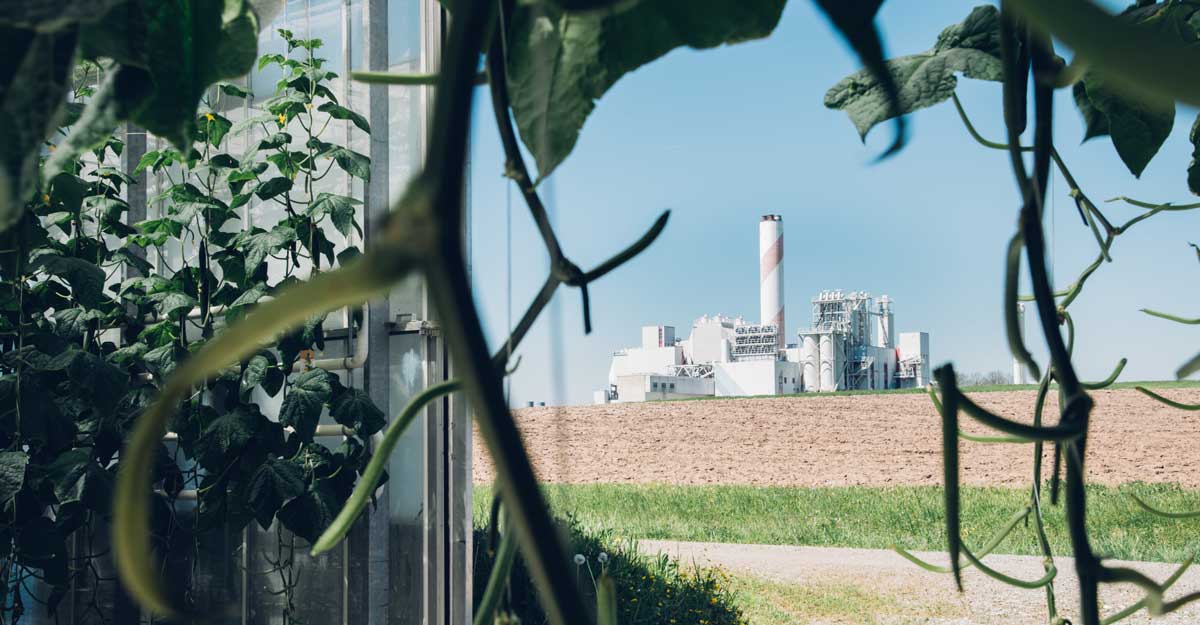By Philip Davies, Professor of Water Technology, School of Engineering, University of Birmingham, United Kingdom
About half a billion people presently suffer severe water scarcity all year round, and 1.8 to 2.9 billion people face severe scarcity for several months of the year. By 2025, half of the world’s population will be living in areas experiencing water stress.
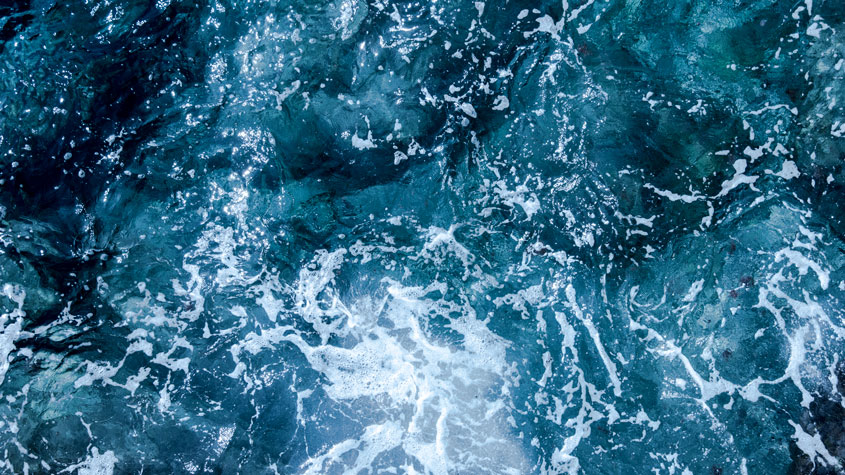
In terms of quality, the world’s water resources are distributed inconveniently. Most water (97.5 percent) sits in the oceans, and is much too salty to drink. Good quality surface water constitutes less than one-half a percent of the world’s water resources. Between these two extremes, there are other sources of water, such as groundwater, which, in many locations, is too saline to consume without treatment, and industrial waste streams, which may contain a broad range of natural and man-made pollutants.
Areas most vulnerable to water stress are those where demands for drinking and irrigation exceed natural replenishment from rainfall. These include desert regions (roughly between the latitudes of 15 and 45 degrees), especially in the Northern hemisphere. The countries in these regions have varying capacities to build infrastructure such as dams, pipelines and desalination plants.
Since much more water is needed for agriculture than for direct consumption, the economic capacity to import food is also an important factor. Currently, countries like Kuwait or Qatar, which have virtually no natural renewable water supply, get around this problem by desalinating water for drinking and importing food. Meanwhile countries like Somalia and Yemen, which have weak economies and challenging political landscapes, face severe water scarcity and suffer from catastrophic water shortages. In terms of forecasts, the hotspots of increasing water scarcity include Egypt, Pakistan, India and North and North West China.
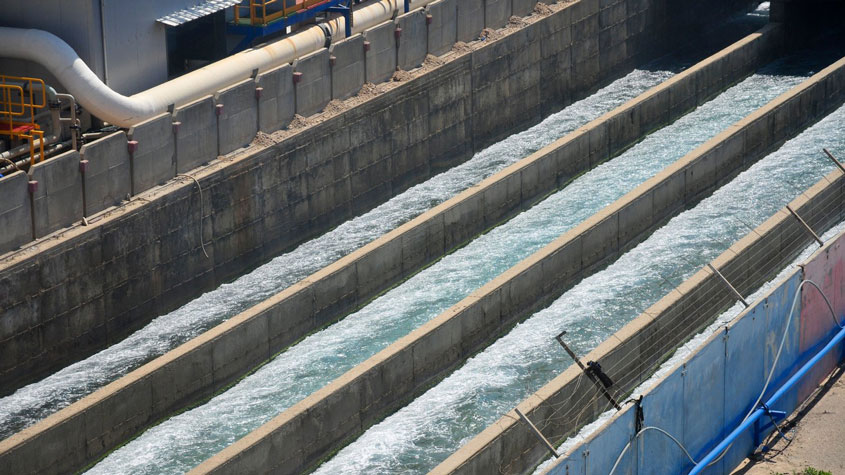
Coastal desalination plants
Civilizations tended to evolve along coastlines. This means that seawater desalination is an attractive option for increasing water supply to a large proportion of the world’s water-stressed populations. However, desalination plants are expensive to build, and until recently used up to three times more energy than traditional water treatment processes. This meant that in practice the largest users of seawater desalination were wealthy, fossil-fuel rich countries in the Gulf region.
These plants remove salt from saline water by using a process called reverse osmosis, which uses pressure to force water through a semipermeable membrane that allows water molecules and ions to pass through, but not the larger salt molecules. Thanks to innovative developments, the quality of these membranes has gradually improved, increasing the output of freshwater. As a consequence, the capacity of desalination plants has multiplied with individual plants now producing nearly 1 million cubic meters of fresh water per day.
This and other refinements in the technology used in desalination plants has almost halved the energy consumption in seawater desalination over the last 20 years, making it a lot more affordable. This trend will continue to some extent, but there is a lower limit on the amount of energy that seawater desalination consumes that cannot be improved upon – at best, the energy consumption could be halved from where it is now.
What’s the solution for inland populations?
There are many inland populations, including much of China, India and the United States, for whom transport of desalinated seawater may not be practical or affordable. People in these areas often rely on poor quality groundwater.
My own research in North Western India has made me acutely aware of this predicament. According to the Food and Agriculture Organization of the United Nations, 64 percent of agriculture relies on groundwater. Groundwater surveys show that about half the land area of India lies above aquifers that are too salty to meet normal drinking water standards.
However, this groundwater is usually quite a lot less salty than seawater, so in theory, the energy used to desalinate it could be lowered. This leaves room for inventive solutions to make groundwater desalinization more affordable, and therefore more accessible to economically disadvantaged populations.
Our technology
At the University of Birmingham, we have developed a technology that is targeted primarily at treating groundwater. A particular challenge when treating groundwater is disposing of the residual brine. Our technology is “high recovery”, meaning that the maximum fraction of the groundwater gets turned into freshwater with minimum levels of residual brine. This is difficult to achieve because increasing recovery goes against lowering energy usage.
We started by modelling the energy usage of existing reverse osmosis systems, and, by designing a system that is specifically purposed to save energy. We delivered a desalination solution that can work “off-grid” and is powered by renewable energies.
The “energy budget” in reverse osmosis (RO) systems is defined by laws of thermodynamics – as the pressure in the feed water rises, the volume decreases (at a standard temperature). The critical part of the equation is the energy used to keep the salinized water under pressure. This energy has to be supplied by a high-pressure pump, which is the energy-hungry part of a desalination system. Our system only needs to use pressures slightly above those defined by thermodynamics, whereas conventional systems use several times more.
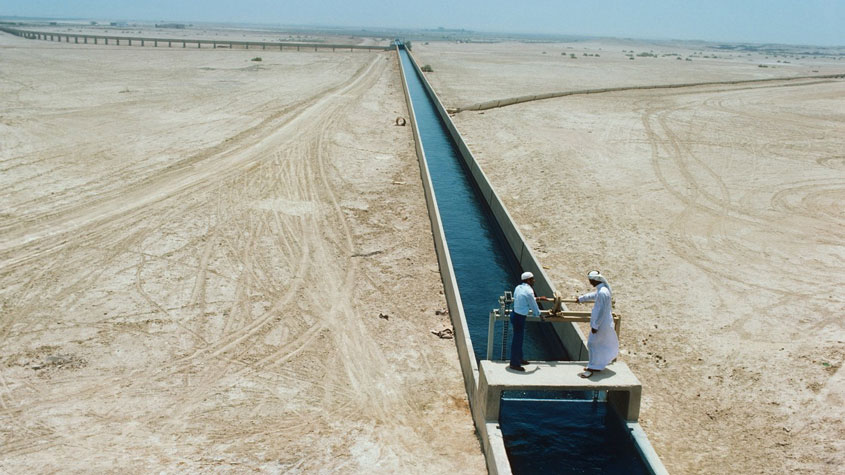
From the outset, we challenged ourselves to design a system that could be built entirely from existing components. We opted for a “sealed loop” design that recycles the saline concentrate to keep pressure to a minimum. Critically, our design uses an arrangement of valves that prevents the recycled concentrate from mixing with the feed water, which would compromise efficiency and increase the energy consumption.
This new valve arrangement also allowed us to replace the separate purge and refill stages with a single combined “purge-refill” stage that flushes the system at high speed and clears deposits away from the membrane. This single stage also minimizes downtime and increases the output of the system.
We called the system “sealed-loop RO” to distinguish it from earlier reverse osmosis systems. Compared to existing systems our approach is expected to generate energy savings of between 33 percent and 66 percent at a recovery rate of 80 percent.
But the advantages of our sealed-loop reverse osmosis system don’t stop there. The design opens the way to use low-pressure membranes, which work at lower pumping pressures. We expect these membranes will have a longer working life, which will lower maintenance costs. Its flushing operation also means the system is self-cleaning, meaning it can be operated in remote locations by non-technical staff.
Why patent?
We made the system from readily available, off-the-shelf components. However, we’re open to all models of commercialization, including social enterprise, and we chose to go down the route of patenting in order to keep our options open. We are seeking to protect our technology in multiple markets through the Patent Cooperation Treaty (PCT).
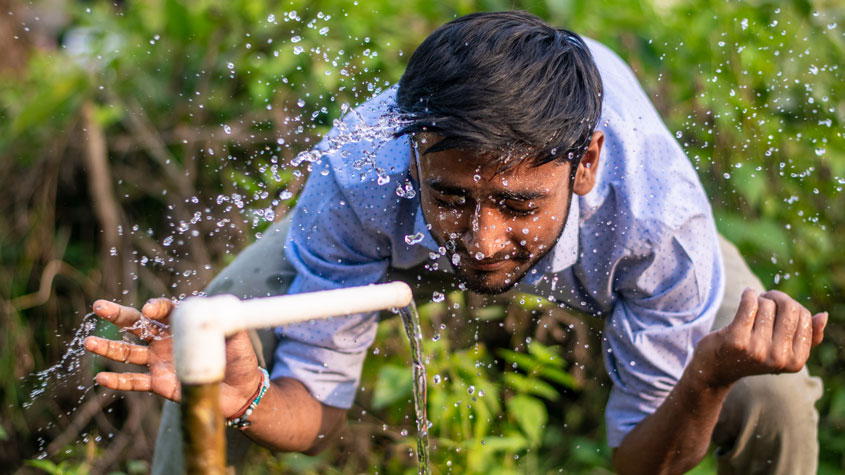
We have a project underway in the Jordan Valley, which is a good testing ground for our technology. The Jordan valley is a hydrological dead end so not surprisingly, salt accumulates, making the Jordan River Basin a problematic area in terms of water management for agriculture.
Groundwater depletion in this region of the world is a transnational concern. International agreements limit access to groundwater for Palestinians living in the West Bank, and poor management has led to over-pumping, with record highs of water salinity leading to changes in cropping patterns. Cash crops intolerant to salinity have been replaced by Medjool date palms, which demand large quantities of water and could cause groundwater supplies to run out within five years.
The project is a continuation of previous work with students from Arava Institute in Israel, who helped build our technology prototype. We are now returning to the region to build and test a scaled-up version of our system. The components are being acquired right now by our partners in Ramallah and construction is expected to start later this year.

